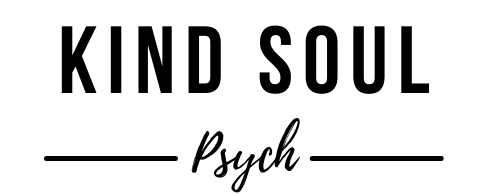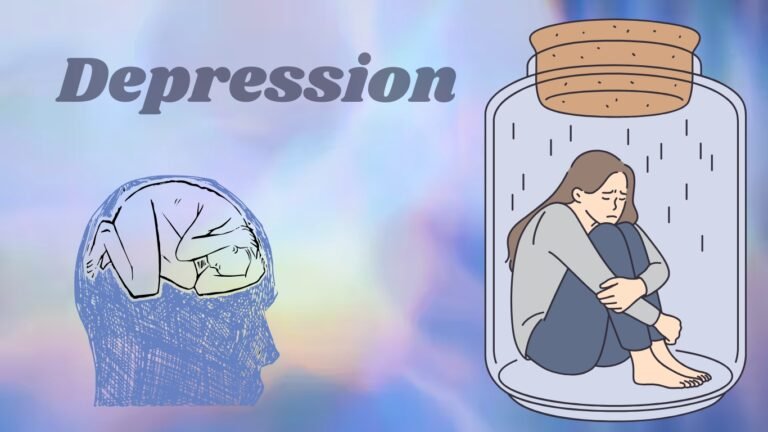
Depression Explained: Causes, Symptoms and The Path to Recovery
Depression is often misunderstood as simply feeling “low”, or a case of weekly or seasonal blues. However, depression is a complex mental health condition, which impacts the lives of approximately 280 million people worldwide (World Health Organisation, 2023).
Without paying proper attention to its causes or symptoms, depression can negatively impact daily functioning, relationships, and even cause declining physical health. Depression is often, however, unfortunately misinterpreted or even dismissed.
What is depression?
Depression is a chronic mental health condition, characterised as a mood disorder which leads to persistent feelings of low mood, in addition to loss of interest (Chand and Arif, 2021).
People with depression often report corresponding feelings of emptiness, irritable mood, alongside corresponding psychological and somatic, or physical, changes which affect the individual’s functioning (Ormel et al., 2019) and thus negatively impact their quality of life.
As such, depression does not usually go away with “positive thinking” or the passing of time since an emotionally negative event has occured, for example, in contrast to occasional sadness or “a case of the blues”.
Thus, recovering from and ultimately overcoming depression requires an active approach to treatment, including lifestyle changes, talking therapy and medication (when appropriate).
Signs and Symptoms of Depression:
Common signs of depression can include (but are not limited to):
- Low mood, or persistent sadness
- Loss of interest in daily activities or hobbies (anhedonia)
- Significantly decreased energy levels (fatigue)
- Significant changes in appetite (weight loss or gain)
- Difficulties with attention/concentration, judgement, or decision-making
- Sleep difficulties, (insomnia/oversleeping)
- Feelings of guilt, or no self-worth (worthlessness)
- Physical (somatic) symptoms, such as headaches or stomach upsets with no clear immediate cause
- Thoughts of self-harm or suicide (suicidal/self-harming ideation)
Everyone experiences depression differently. Although some people may experience only mild symptoms of depression, others may experience more severe symptoms which negatively affect their quality of life.
Types of Depression:
There are a few key forms of depression, which most depressive diagnoses generally fall into.
Some of the more common forms of depressive diagnoses include:
- Major depressive disorder (MDD) can be defined medically as severe depressive symptoms, including a persistent depressed mood, loss of interest/pleasure in previously enjoyable activities, recurrent thoughts of death and other physical and cognitive symptoms (Marx et al., 2023). Clinically, for diagnosis of MDD, the symptoms must be present for a period of at least two weeks (Falk et al., 2023), affecting daily functioning alongside day-to-day life.
- Persistent depressive disorder (PDD), which is also known as dysthymia, is a longer term form of depression lasting for at least two years (in adults) or for at least a year (in children and adolescents; Patel et al, 2024.) However, PDD is usually milder than MDD in its symptoms, although PDD symptoms can still affect everyday life.
- Postpartum depression frequently appears in mothers who have recently given birth, causing feelings of sadness alongside anxiety and exhaustion. This emotional strain often makes the transition into motherhood even more challenging for new mothers.
Atypical depression does not neatly fit into the usual categories of depression (for example, MDD or PDD, hence ‘atypical’). People with this type of depression often notice increased happiness (mood reactivity; Asnis et al., 1995) when positive events happen, unlike in other types of depression where individuals are persistently sad despite positive events happening.
Davidson and colleagues (1982) group atypical depression into two subtypes – Type A, characterised by severe anxiety alongside depression, and Type B, differentiated by the presence of unique vegetative symptoms, such as changes in appetite (causing weight gain), excessive daytime sleepiness (hypersomnia), and/or decreased libido. These symptoms can thus affect social interactions, educational pursuits or work life negatively, lowering quality of life.
Identifying the type of depression is paramount to working towards a plan of action, or treatment plan, for individuals to overcome their depressive symptoms.
What Causes Depression?
Depression is generally caused by a range of factors, including biological, psychological, and environmental (including social) factors.
Biologically, depression is commonly associated with chemical imbalances in neurochemicals in certain parts of the brain associated with positive mood. However, recent research suggests that depression is not simply the result of imbalances in brain chemicals (Harvard Health Publishing, 2022) but rather imbalanced activity in different parts of the human brain.
Additionally, psychological factors, for example chronic stress, low self-esteem, or traumatic life events can trigger or worsen depressive symptoms.
Certain environmental factors such as an unpredictable home environment, financial difficulties, or job stress, for example, can also cause or worsen depressive symptoms. This also includes social factors, such as loneliness, a resultant lack of social support, or relationship difficulties, which can contribute to (or worsen) existing depressive symptoms.
By understanding these various causes of depression, this allows for individualised, person-centred depression treatment by tailoring depression management to each individual with depression.
Is Depression Treatable?
Depression is not a permanent illness, by any means; rather, it is a treatable condition, and there are a number of treatments and therapies which can foster depressive symptom manage and ultimately recovery from depression.
Depression treatment generally requires a holistic approach, including lifestyle changes such as eating a balanced diet, regular exercise and maintaining a healthy social life, in addition to professional support such as attending therapy sessions and support groups and (where prescribed) taking antidepressants under the guidance of a medical professional to control neurochemical imbalances.
Different types of psychotherapy, including cognitive behavioral therapy (CBT) and psychodynamic psychotherapy, can support individuals with depression to reframe their negative thoughts, thereby developing more positive thinking patterns.
Counselling, similarly, can facilitate a safe space for individuals to discuss their emotions and feelings openly, alongside the challenges they face.
Antidepressants (medicines that treat depression) can help balance neurochemicals such as serotonin and dopamine which play a key role in depression, but should only be used under the prescription and guidance of a mental health professional.
Common classes of antidepressant medicines include selective serotonin reuptake inhibitors (SSRIs) such as fluoxetine (Prozac) and sertraline (Zoloft), alongside SNRIs such as venlafaxine and tricyclic antidepressants such as amitriptyline.
To help reduce isolation and promote emotional resilience, individuals with depression can express their feelings in the company of their friends, family, or to therapy/support groups; in other words, their support groups.
Individuals struggling with depression can incorporate positive habits, such as regular exercise, eating a balanced diet, practicing mindfulness (including guided meditations) and not using their electronic devices in a 60-120 minute time window prior to sleeping, into their lifestyle. These habits help facilitate individuals with depression to practice self-care, boosting their mood and wellbeing.
Why Is Therapy Important For Depression Recovery?
One of the key treatments for depressive symptoms is therapy. Some of the benefits of therapy are that it can help improve coping skills and resilience, as well as identify and rectify unhelpful thought patterns and behaviours, ultimately supporting individuals with depression to have better relationships and ultimately address underlying concerns which may be contributing to their depression.
Some of the key therapy approaches in treating depression include cognitive behavioral therapy (CBT), facilitating a safe space for individuals to recognise and understand their psychological patterns of potentially unhelpful thoughts and behaviours. This allows them to challenge their own self-limiting thoughts and beliefs, supporting them to develop more positive, balanced ways of thinking.
Psychodynamic therapy is a form of talking therapy which adopts an exploratory approach, providing a safe space for individuals to address and understand potentially unresolved psychological issues such as suppressed emotions.
Psychodynamic therapy does not only focus on symptom relief but more importantly it focuses on the root causes of depressive symptoms, for example latent/suppressed emotional wounds and thought patterns which may continue to contribute to depressive symptoms.
Dialectical behaviour therapy (DBT) is a structured therapy approach which supports individuals struggling with depression to build and develop practical skills for emotional regulation, distress tolerance and mindfulness.
DBT’s structured framework can foster a safe space in which individuals with depression can learn to develop healthier coping mechanisms, improving their relationships and ultimately quality of life.
In a nutshell, therapy provides individuals with depression with the long-term tools they need to manage depressive symptoms and recover from depression, strengthening their emotional resilience and rebuilding their confidence.
If someone is battling persistent sadness, feeling detached from life, or struggling motivation, therapy can be a beacon of hope and control for an individual to reclaim their life, by providing the support and psychological skills needed to rediscover hope and thus take back control over their lives.
Looking to begin your journey towards depression recovery?
References:
- Asnis, G. M., McGinn, L. K., & Sanderson, W. C. (1995). Atypical depression: clinical aspects and noradrenergic function. The American journal of psychiatry, 152(1), 31–36. https://doi.org/10.1176/ajp.152.1.31
- Chand, S. P., & Arif, H. (2021). Depression. PubMed; StatPearls Publishing. https://www.ncbi.nlm.nih.gov/books/NBK430847
- Davidson, J. R., Miller, R. D., Turnbull, C. D., & Sullivan, J. L. (1982). Atypical depression. Archives of general psychiatry, 39(5), 527–534. https://doi.org/10.1001/archpsyc.1982.04290050015005
- Falk, A., Joseph, R., Smith, S., & Wilk, A. (2023). Mood and Anxiety Disorders: Major Depressive Disorder. FP essentials, 527, 7–12.
- Harvard Health Publishing. (2022, January 10). What Causes depression? Harvard Health; Harvard Health Publishing. https://www.health.harvard.edu/mind-and-mood/what-causes-depression
- Marx, W., Penninx, B. W. J. H., Solmi, M., Furukawa, T. A., Firth, J., Carvalho, A. F., & Berk, M. (2023). Major depressive disorder. Nature reviews. Disease primers, 9(1), 44. https://doi.org/10.1038/s41572-023-00454-1
Ormel, J., Kessler, R. C., & Schoevers, R. (2019). Depression: more treatment but no drop in prevalence: how effective is treatment? And can we do better? Current Opinion in Psychiatry, 32(4), 348–354. https://doi.org/10.1097/yco.0000000000000505
- Patel, R. K., Aslam, S. P., & Rose, G. M. (2024). Persistent Depressive Disorder. In StatPearls. StatPearls Publishing.
World Health Organization. (2023, March 31). Depressive disorder (depression). World Health Organization; World Health Organization. https://www.who.int/news-room/fact-sheets/detail/depression

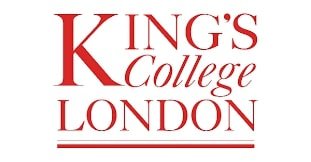
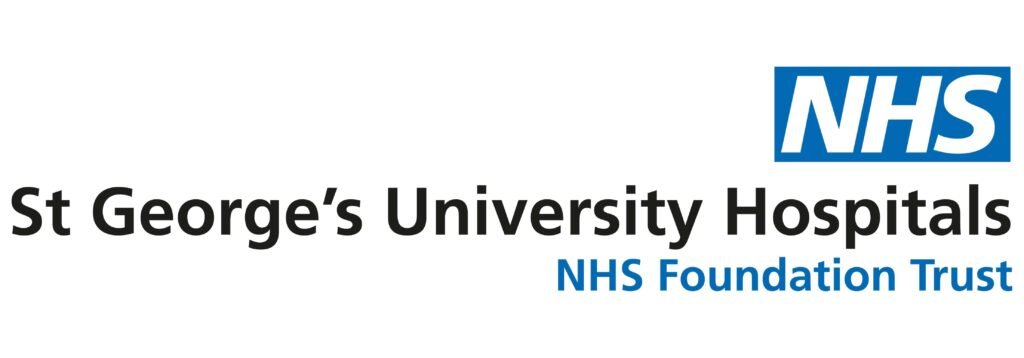
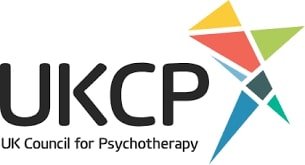
All Rights Reserved.
